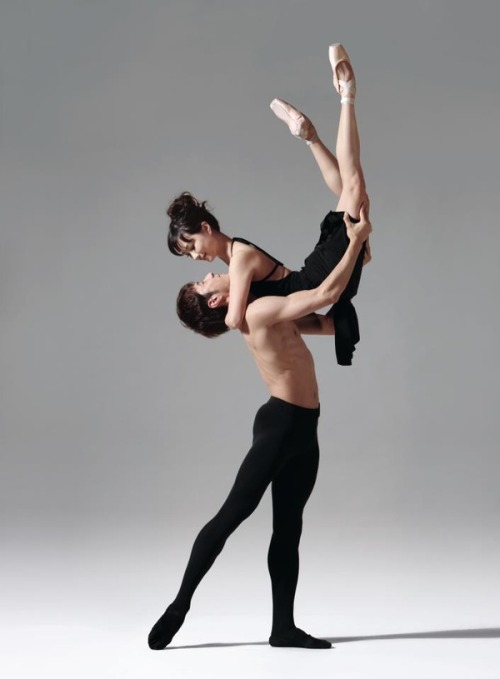Aside from the concerns about bulking up, too many female dancers obsess over their weight, at the risk of their health, and avoid weight training themselves due to the worry that it will make them gain weight. Staying at 45kg isn't healthy for the average woman, ballet dancer or not. Too many female dancers control their weight through diet restriction. Get your body fat tested and despite being a size 4, you might be surprised to find it sitting around 20%. Average BF % for female ballet dancers is 17%, for contemporary dancers it's 20%. Compare that with female gymnasts (13%) and runners (14%); the reason it's higher on dancers than other athletes is the lack of strength training and the lack of adequate nutrition.
Yes you may put on weight if you start weight training however it's really not going to be that much. Muscle weighs more than fat. Deal with it. Fat takes up more room than muscle, so you're going to look more toned even if you put on a couple of pounds. Your body shape will change, your ribs might show less, that's a good thing. Stop obsessing over the scale. You want to be slim and healthy, you need to build muscle. Your pas de deux partner should be able to lift you if you weigh 50kg, 55kg, 60kg, 65kg whatever. If he can't, he needs to work on his own strength. Don't compromise your own health simply because you want him lifting you to be effortless. You're a woman, not a doll.
 |
| Hong Kong Ballet |
On that note - male dancers must work to develop their strength levels. Lower back injuries are the most common type of injuries in dance, in no small part due to choreography demanding that you lift grown women into the air, often with one arm, and make it look effortless. It should look effortless, that doesn't mean it is effortless. You need to develop both your upper and your lower body strength, this isn't the same as lifting a barbell in the gym, the weight you are required to lift here is moving, the centre of balance is off and you have to coordinate your own movements in time to the music while making it look graceful. If it feels like it's too difficult you need to work up to it. You can protect your body so much by preparing it for what it needs to do.
Increasingly modern choreography now requires women to perform lifts. It isn't gender specific anymore and it's something that all dancers in all dance disciplines should be thinking about. Train for it, build your strength, make it look good, don't get hurt.
 |
| Inlet Dance |
I would love for someone to tell me specifically what exercises can/should be done for developing the strength required that this article talks about. Back exercises? arms? Anybody have any ideas or thoughts?!
ReplyDelete~Lillian
www.theoccupiedoptimist.com